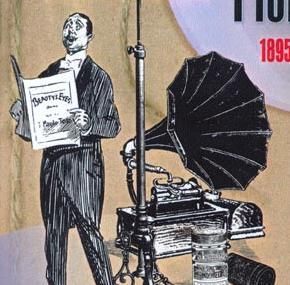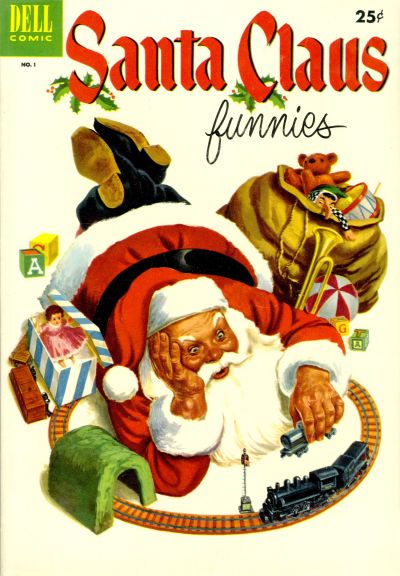In the past few years, we’ve seen collections of popular serial media collected all in one place at one time — and it is a treasure trove for the consumer (fan).
For example, I bought a multi-CD-Rom set of every MAD magazine published from the very first issue up to about the year 2000. It not only included all the pages from the magazines, but all the extras that came in those mags over the years — sound files from the flexi records and other great stuff.
I also bought the collection of the entire history of National Lampoon.
In both cases, I bought or subscribed to these magazines at one time, and of course I read them. However, the originals are long gone.
I’m not a collector. I don’t care if I have the physical specimen in mint condition. I’m just that kid who enjoyed funny magazines — all growed up — and I’m able to look at, cross rerference and enjoy them all in so many ways.
Movies are also terrific — all the sequals and originals (Godfather, Star Wars, whatever) and TV series are great to watch a whole season at one time. I’m several years behind on some of them, but I’m catching up (now on season 3 of “House, MD” and just starting “Weeds.”)
As I often tell my wife, “Ain’t it wonderful to live in the future?”
Wade



